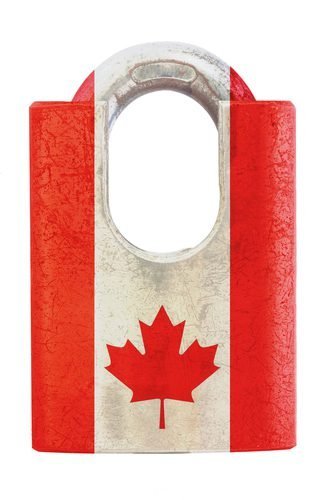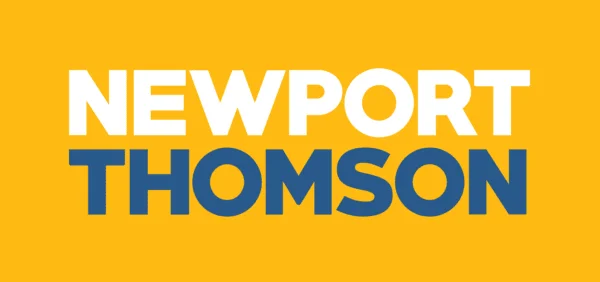CASL: The Cost of No Enforcement
During Paul Martin’s term as Prime Minister, the Government began the process of reducing electronic spam (email and SMS Text) in Canadian’s personal inboxes. Stephen Harper’s Government then carried the ball and in Dec 2010 the Canadian Anti Spam Legislation was passed and became law.
During Paul Martin’s term as Prime Minister, the Government began the process of reducing electronic spam (email and SMS Text) in Canadian’s personal inboxes. Stephen Harper’s Government then carried the ball and in Dec 2010 the Canadian Anti Spam Legislation was passed and became law.
In July of 2014 this tough new anti-spam law entered the initial coming into force stage. In addition to the 3 1/2 years allowed to adjust, (Dec 2010 – July 2014) Harper’s Government allowed another 3 years of “transition” so organizations could re-source their email list, review their electronic messaging practices and put processes in place so they could prove everything they claimed.
The final date for CASL to be fully enforced was July 1, 2017. With 3 enforcement bodies (CRTC, Office of the Privacy Commissioner and the Competition Bureau) and a private right of action written into the law, organizations were scrambling to come into compliance. In June 2017 CASL compliance was on the priority list for many corporations who were sending emails to Canadians.
Of particular concern to most businesses was Section 47 – Private Right of Action. It seemed the closer we got to July 1, 2017 when this part of the law was due to come into force, the more nervous business was getting.
At the time, I took that as a sign that most businesses knew they were still spamming – as defined by CASL. The idea of a little public embarrassment and a small fine from the CRTC did not appear to be a deterrent for most. They knew they had a better chance of winning a lottery than being fined by the CRTC under CASL. The small CRTC enforcement team was counting on the PRA to be the primary enforcement tool.
The public who are being spammed, coming after organizations by the millions looking for a fixed damage settlement of $200 per incident was the core of the PRA. That scared the daylights out of “legitimate businesses”. They knew they were sending millions of emails a month with no ability to prove any of the of 5 types of consent allowed under CASL . There was no hiding from the public.
The original law passed in Dec 2010 included the Private Right of Action. By their actions, one could draw the conclusion that the CRTC had an excellent enforcement plan, but it was all based on the PRA coming into force on July 1, 2017. They produced guidance material, set precedents with fines and undertakings, paved the way with other countries to help enforce CASL globally – all looking to the PRA to do the real heavy lifting in the marketplace. Just the way the lawmakers designed CASL. It was right there in black and white.
On June 7, 2017, just weeks before the PRA was to come into force, the then Minister of Innovation Science and Economic Development, Navdeep Bains wrote:
“Canadians deserve to be protected from spam and other electronic threats so that they can have confidence in digital technology. At the same time, businesses, charities and other non-profit groups should have reasonable ways to communicate electronically with Canadians. We have listened to the concerns of stakeholders and are committed to striking the right balance.”
The irony looking back at this statement is astounding. The way Canadians would “have confidence in digital technology” is if this new tough anti-spam law was properly enforced!
The Press release went on to say:
“The provisions were scheduled to come into force on July 1, 2017, but have now been suspended.
The Government supports a balanced approach that protects the interests of consumers while eliminating any unintended consequences for organizations that have legitimate reasons for communicating electronically with Canadians.”
With the stroke of a pen CASL died. Everybody went back to business as usual.
The Government did not question why they were nervous and applying constant pressure to withdraw the PRA . They simply buckled to the incredible pressure from the business community. Talk about unintended consequences!
The sad part? Statistics showed it was working. Our inboxes had a lot less spam in them. Yes, technology was improving and the ESPs were being held accountable by the large delivery engines, which helped reduce spam, but clearly the stats after 3 years of CASL being enforced were looking very promising.

And what about the “unintended consequences” Minister Bains referred to was concern for “frivolous lawsuits” against legitimate businesses? I remember thinking at the time, “My company does not send millions of emails a month to individuals we cannot prove consent for”, so I am not concerned in the least. I knew we were CASL compliant.
Those in panic mode knew they had good reason to panic – they were not compliant with the law.
I could understand why the large corporations, publishers, retailers and others who depended on email as their primary marketing tool might be concerned, but if they were truly CASL compliant, why would they have to worry? They had more than 7 years to change their practices, knowing this law was coming into force. The ones who acted during those 7 years and took CASL seriously were not at all worried about the PRA. If a class action lawyer asked them to prove consent for a specific individual and they could simply prove they had consent, no harm, no foul. Certainly no “frivolous lawsuits against legitimate brands”.
If, on the other hand, they knew they could not prove consent, is it really a “balanced approach” or is it simply allowing “legitimate brands” to spam Canadians, even when we have a law prohibiting it?
Passing a tough law, only to pull its enforcement teeth after many organizations went to great lengths to comply is not good government. Why pass a law with strong enforcement language and then not allow it to be enforced in a meaningful manner?
If you are tired of getting emails from people and companies who have no business emailing you, ask your MP to have the Private Right of Action reinstated for CASL. You can look them up here and reach out by email. You have consent under CASL as their email address is publicly displayed 😉 And as stated above no one is enforcing it.


